
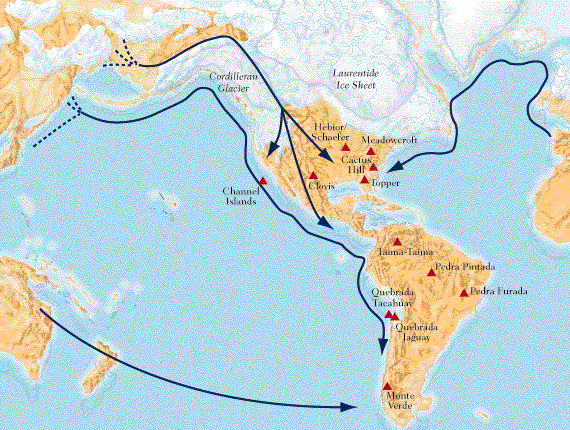
The Siberian Theory
The American continent was the last of the world’s continents to be populated. There are many contradictory and more or less well-founded scientific theories on when this occurred and where the first immigrants migrated from. The prevailing theory is based on findings of stone tools from the Clovis culture in soil layers dating back to approximately 13,000 BC. According to the theory, people from Siberia migrated, perhaps in search of mammoth, across the land bridge that once connected Siberia and North America. From there, they continued south and spread out across the American continent. The migration passed through a corridor that opened up approximately 14,000 years ago in the giant glacier that covered the American continent.
New findings call this immigration theory into question: Professor Eske Willerslev of the University of Copenhagen was surprised by the results of the DNA tests on samples of what turned out to be fossilized human feces found in deep caves in the Oregon desert. The oldest of the droppings have been carbon-dated to be approximately 14,340 years old. Willerslev’s feces samples clearly contain two main genetic types of Asian origin that are unique to present-day North American Indians. Not only is this proof that the American Indians are descendants of the first immigrants to the continent, it is also proof that immigration took place approximately 1,000 years earlier than otherwise believed.
The Solutrean Hypothesis
The Solutrean hypothesis is an alternative theory about the settlement of the Americas , according to which peoples from Europe may have been among the earliest settlers of the American continent. The theory that is currently most widely accepted, and which is supported by genetic, linguistic and archaeological evidence, considers the American continent to have been populated from Asia either via the Bering land bridge or by sea. The Solutrean hypothesis was first proposed in 1998. Its key proponents include Dennis Staniford , of the Smithsonian Institution , and Bruce Bradley, of the University of Exeter .
According to this hypothesis, people associated with the Solutrean culture migrated from Ice Age Europe to North America , bringing their methods of making stone tools with them and providing the basis for the later Clovis technology found throughout North America. The hypothesis rests upon proposed similarities between European Solutean and Early American Clovis lithic technology. Many archaeologists have criticized the proposed similarities as too insignificant and just as likely to be due to chance as to shared origins. As one has said, “few if any archaeologists — or, for that matter, geneticists, linguists, or physical anthropologists — take seriously the idea of a Solutrean colonization of America.”
Though the proponents cite recent archaeological findings in support of the theory, the hypothesis has generally not been well received. A recent DNA study challenges a genetic argument often made in favor of the hypothesis. The study argues against the apparently anomalous mtDNA Haplogroup X2A having migrated to the Americas via an Atlantic route.
Characteristics

Solutrean culture was dominant in present-day France and Spain from roughly 21,000 to 17,000 years ago. It was known for its distinctive toolmaking characterized by bifacial, percussion and pressure-flaked points. Traces of the Solutrean tool-making industry disappeared almost completely from Europe around 15,000 years ago, when it was replaced by the stone tools of the Magdalenian culture.
Clovis tools are typified by a distinctive type of spear point, known as the Clovis point. Solutrean and Clovis points share common characteristics: points are thin and bifacial, and they share the intentional use of the “outre passé”, or overshot flaking technique, which quickly reduces the thickness of a biface without reducing the width.
The Clovis blade differs from the Solutrean in that some of the former have bi-facial fluting (a long depression that occurs on a point, struck from the basal end of the point; the purpose was to better fit the point onto a spear foreshaft). Clovis tool-making technology seems to appear in the archaeological record in eastern North America roughly 13,500 years ago, and similar predecessors in Asia or Alaska, if they exist, have not been discovered.
Recent supportive findings
Stanford and Bradley, in their book “Across Atlantic Ice,” make a variety of claims in support of the Solutrean hypothesis. Among these are the connection between the Clovis culture and several artifacts found in Maryland, Pennsylvania, Virginia and Delaware. In addition, they have been able to carbon date many new findings from the Delmaria Peninsula in Maryland to between 26000 and 19000 BC, which is contemporary with the period in Europe during which similar artifacts were being made. According to their book, no materials from before 15,000 years ago, of any make or cultural bearing, have been found on the West Coast near where the first Siberian ancestors of American Indians first arrived.
Atlantic Crossing
The hypothesis proposes that Ice Age Europeans could have crossed the North Atlantic along the edge of the pack ice that extended from the Atlantic coast of France to North America during the last glacial maximum. The model envisions these people making the crossing in small watercraft, using skills similar to those of the modern Inuit people, hauling out on ice floes at night, getting fresh water by melting iceberg ice or the first-frozen parts of sea ice, getting food by catching seals and fish, and using seal blubber as heating fuel. Among other evidence backing up this hypothesis is the discovery among the Solutrean toolkit of bone needles, very similar to those traditionally used by the modern-day Inuit. As well as enabling the manufacture of waterproof clothing from animal skins, the technology could, in theory, have been used to construct kayaks from the same animal skins. However, a 2008 study argues that the conditions were not favorable for such a crossing.
Early Paleoindian (9500 B.C. to 9000 B.C.)
The first subperiod, Early Paleoindian, is characterized by Clovis or Clovis-like large fluted stone points. It is believed that the distribution of these points throughout all the environmental zones in the Southeast represents the initial exploration and colonization of the region. Great mobility of the Paleoindians of this subperiod is suggested by the finding of stone tools and debitage traded or transported by these small bands over hundreds of kilometers from their quarry source. The Southeast, at this time, consisted of three broad environmental zones, running west to east. They were cool-climate boreal forests, temperate oak-hickory-pine forests, and subtropical sandy scrub. The last area was confined to the Florida peninsula and the coastal plain in the Southeast, which extended several kilometers outward from its present location due to the lower sea level. Megafauna of the Late Pleistocene was found in these three environmental zones.
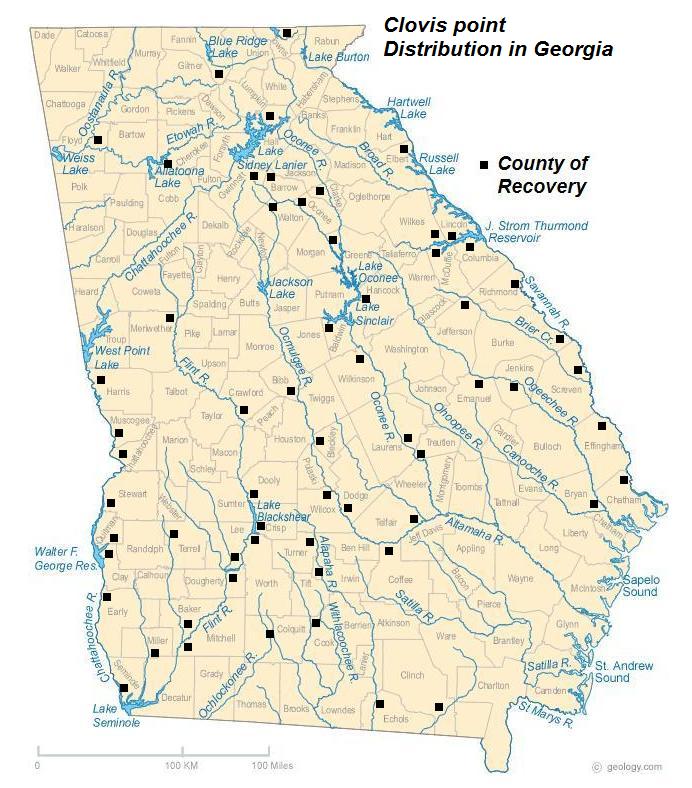
Middle Paleoindian (9000 B.C. to 8500 B.C.)
The second subperiod, the Middle Paleoindian, is characterized by a number of fluted and unfluted points, both larger and smaller than Clovis points. The point types of this subperiod in the Southeast are Cumberland, Redstone, Suwannee, Beaver Lake, Quad, Coldwater, and Simpson. This subperiod is viewed as a time when the population was adapting to optimum environmental resource zones instead of randomly moving throughout the Southeast. Concentration on specific zones and resources may account for the variation in the stone points of this subperiod.
Late Paleoindian (8500 B.C. to 7900 B.C.)
The last subperiod, the Late Paleoindian, is characterized by Dalton points. Some archaeologists would include side-notched forms in this subperiod, however, most include them as Early Archaic types. The replacement of fluted point forms by nonfluted points is believed to reflect a change in the adaptive strategy, away from hunting Late Pleistocene megafauna toward a more generalized hunting of small, modern game, such as deer, and a collecting subsistence strategy within the southern pine forests as they replaced the boreal forests.
Chert deposits may have attracted Paleoindian groups of this subperiod to specific locales in order to replenish their stone tools. Such a tendency may have constrained these groups to a specific landscape, setting the stage for the intensive regional specialization that characterized the succeeding Archaic Period. It is possible that large Paleoindian sites in the Southeast are permanent or semi-permanent base camps from which resources of specific territories were exploited. Trade or transportation of stone tools appear to decrease as Late Paleoindian groups relied on local materials for their needs.
Other tools from this period:
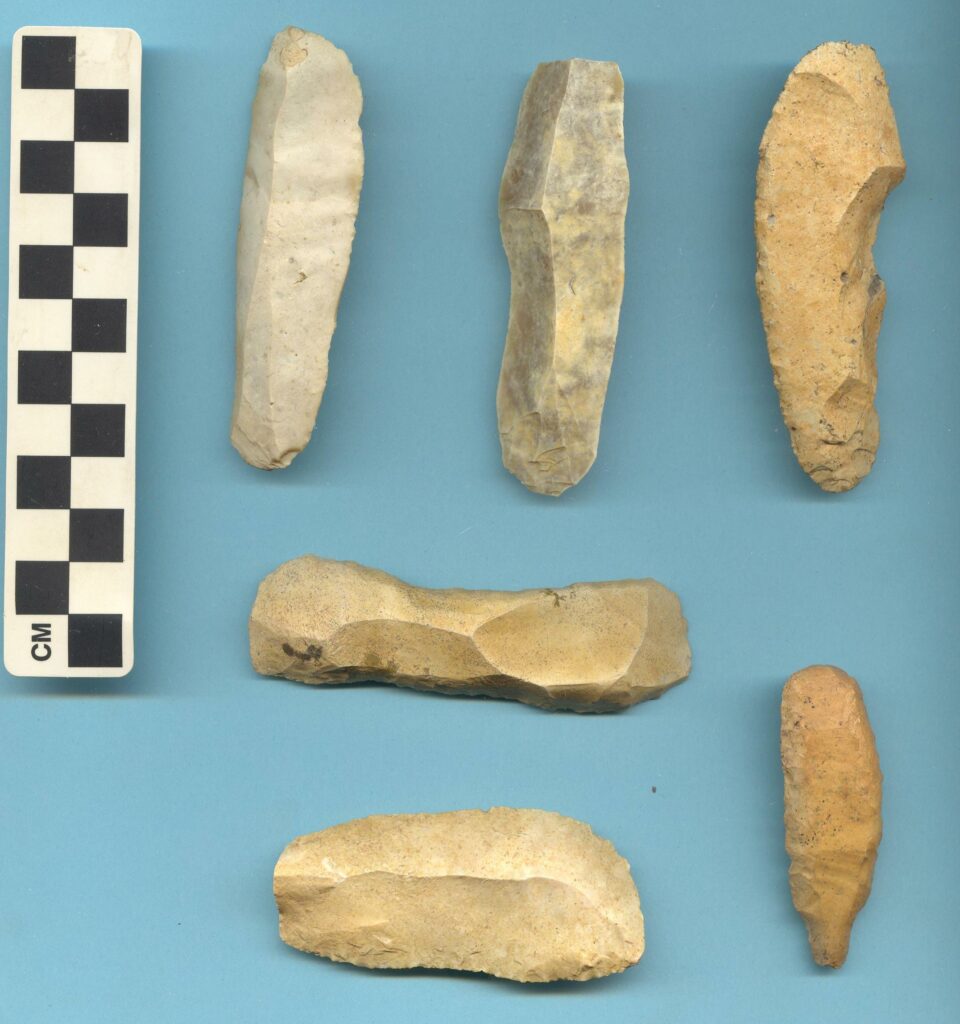
The blade form here identified as a Dalton Unifacial Knife frequently appears in a Dalton site context. These blades were unifacial and were most likely thrown aside after repeated use. These are made using a fairly thick flake somewhat similar to the Hendricks scraper. Like the Hendricks, hafting configurations are absent. One end may be smaller or pointed like the Hendricks scraper, but this is not always true as they are frequently square on both ends and steeply beveled. These tools are typicially 3 to 5 inches in length, 1.25 inches wide and 1/4 inch thick.
The association of this type with Dalton sites would generally date its age to between 8000 and 6000 BC.There have been no reports of these scrapers being found in an earlier Paleoindian context and their use seems to diminish after the Dalton period. There has been no recovery of these blades in a controlled and datable context.They would be distributed in the same general way that Dalton points are distributed throughout Georgia.
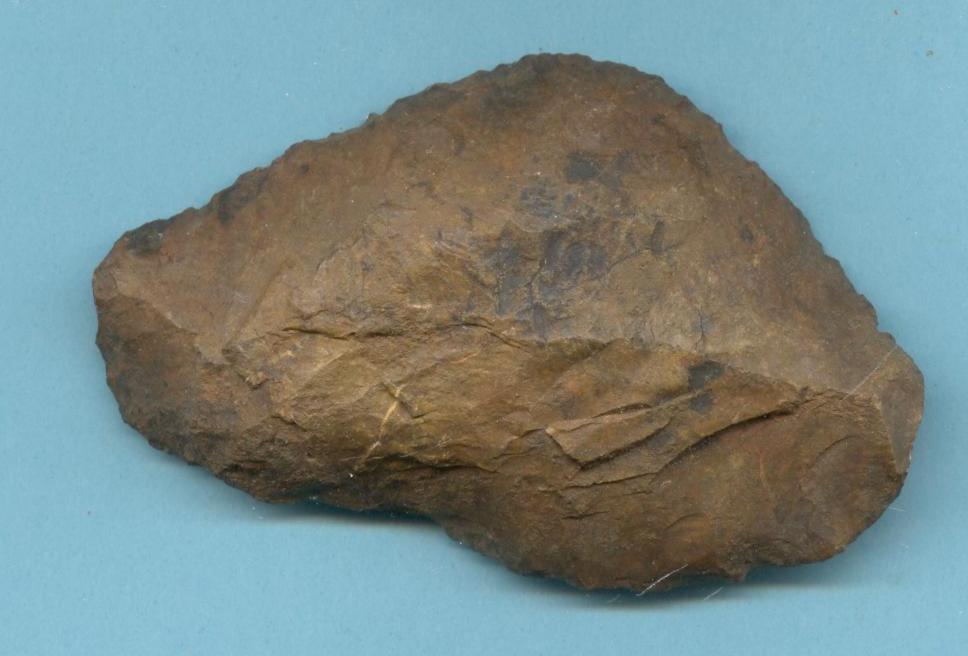
The “Bolo” or “Egg” Stone
There has been much discussion over the years regarding the use of these unusual artifacts. From the very large to the very small, the average “Bolo” or “Egg” stone approximates the size and shape of a chicken egg, except for the dimple located usually, but not always, on the small end of the stone.
To learn more about research on this culture in central Georgia, read our article on the Central Georgia Surface Survey below.
By Tia Ghose, Staff Writer
Science, Social Science, & Humanities British Columbia.
Ancient people who lived in Northern America about 5,000 years ago have living descendants today, new research suggests.
Researchers reached that conclusion after comparing DNA from both fossil remains found on the northern coast of British Columbia, Canada, and from living people who belong to several First Nations tribes in the area.
The new results, published today (July 3) in the journal PLOS ONE, are consistent with nearby archaeological evidence suggesting a fairly continuous occupation of the region for the last 5,000 years.
“We’re finding links that tie maternal lineages from as far back as the mid-Holocene 5,000 years ago to living descendants living today in Native American communities,” said study co-author Ripan Malhi, a molecular anthropologist at the University of Illinois at Urbana-Champaign.
Ancient genomes
Past research showed that almost all of today’s Native Americans trace ancestry to six women who crossed the Bering Strait around 20,000 years ago. But getting a more detailed picture of history prior to colonization has proven difficult.
That’s partly because after colonization, European men often mixed with Native American women, meaning DNA from the genome as a whole, and from the Y chromosome (the male sex chromosome), contained a significant fraction of European markers.
To get around this problem, Malhi and his colleagues chose to analyze mitochondrial DNA, which is carried within the egg and is passed on only through the maternal line. The team collected DNA from 60 currently living people from the Tsimshian, Haida and Nisga’a tribes on the northern coast of British Columbia.
They then compared those samples with mitochondrial DNA extracted from the teeth of four ancient individuals: a 6,000-year old and 5,500-year-old skeleton unearthed in a heap of shells (called a midden) near an ancient house from the Lucy Islands in British Columbia, and two ancient skeletons unearthed on Dodge Island, British Columbia that were 5,000 and 2,500-years-old, respectively.
The researchers found that three living individuals from the Tsimshian and Nisga’a tribes contained DNA that matched that from the older skeleton found in Dodge Island and that three of the skeletons matched to DNA from at least one living person. The oldest Lucy Island skeleton had DNA that didn’t match living relatives, but did match a 10,300-year-old skeleton unearthed in On Your Knees Cave on Prince Wales Island, Alaska.
“What’s particularly interesting about this paper is that the authors found two mitochondrial lineages in the Northwest Coast region in both the ancient individuals and modern people living in the area. This suggests that there’s a long continuity of occupation of this region,” Jennifer Raff, an anthropological genetcist at the Northwestern University in Illinois, who was not involved in the study, wrote in an email.
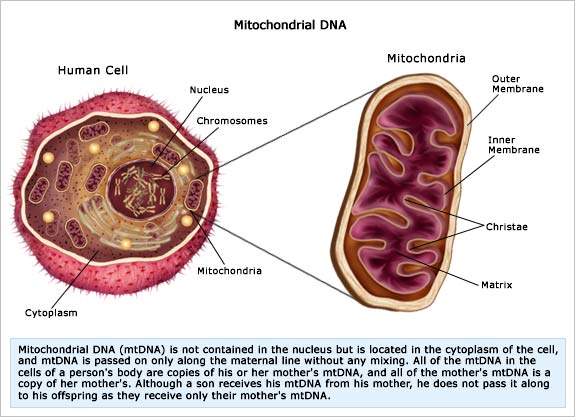
In addition, the fact that the people were found in a shell midden suggests the culture has been relatively continuous for the last 5,000 years. Up until the 1800s, Northwest coast tribes would build rectangular houses and throw their food waste — mostly seafood shells — in a shell midden next to the house, Malhi told LiveScience.
“The information is new and exciting, and it fits with everything that somebody who knows about Northwest coast history and culture knows,” said Susan Marsden, a historian who works with First Nations groups and the curator of the Museum of Northern British Columbia.
Still, the genetic data could create a potentially misleading picture of a completely stable culture, Marsden, who was not involved in the study, told LiveScience.
In fact, these communities keep meticulously handed-down oral histories that serve in part to track matrilineal heritage, and those oral histories suggest further waves of migration into the region in the last 5,000 years, Marsden said.
For their part, Malhi and his colleagues, at the request of the tribes themselves, are doing further research to see how the genetic history of the region lines up with their oral histories.